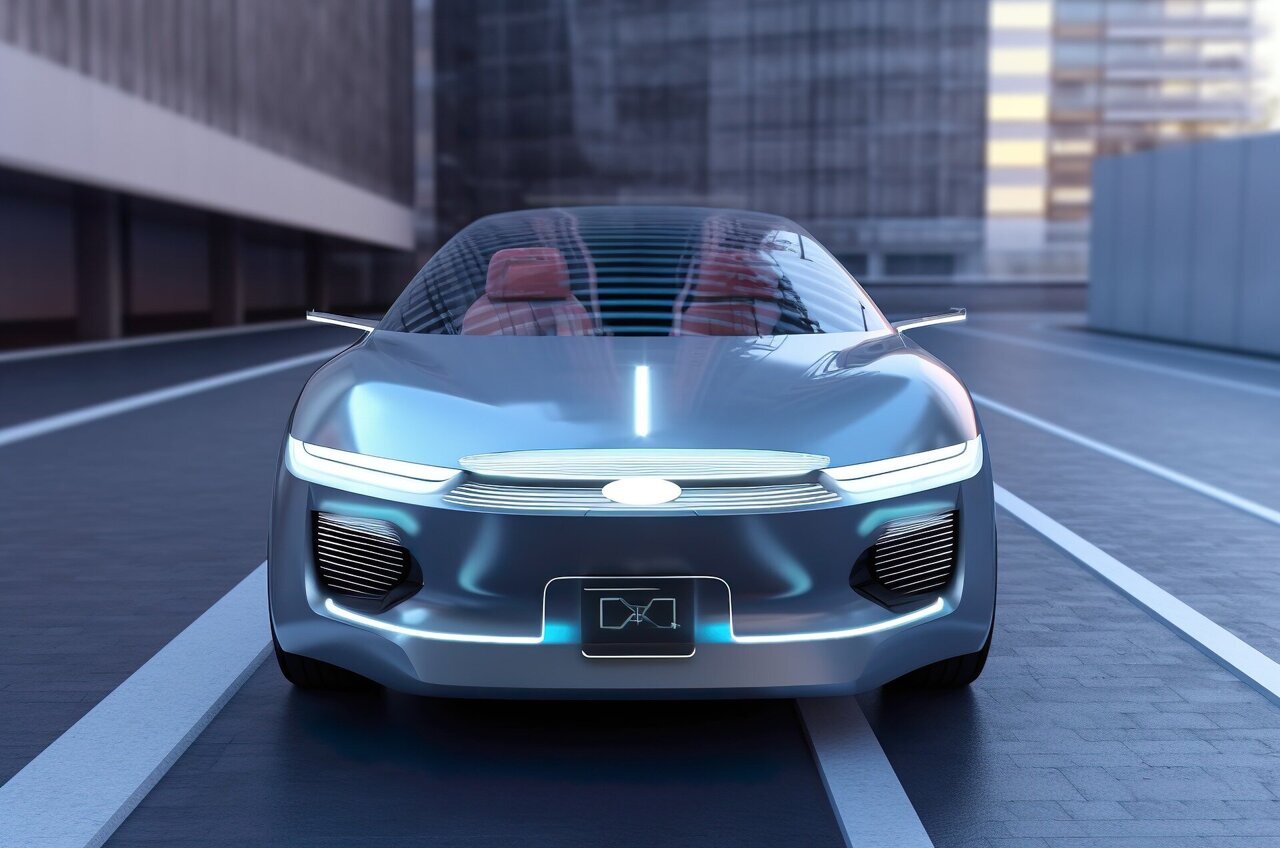5 Reasons Driverless Cars Won't Rule the Roads Soon

The UK's Journey Toward Driverless Cars
The United Kingdom government has initiated a consultation process regarding the implementation of driverless cars, setting the stage for on-road trials of these vehicles in the coming year. It has been over a decade since the concept of autonomous vehicles on public roads first emerged, with companies like Waymo and Cruise introducing robotaxi fleets that replaced human drivers with artificial intelligence (AI). Despite significant technological advancements, the path to widespread adoption of self-driving cars remains complex and challenging.
Key Challenges Preventing the Widespread Adoption of Autonomous Vehicles
1. Safety Concerns and Unpredictable Conditions
One of the primary promises of driverless cars is enhanced traffic safety by eliminating human error. In the US, the National Highway Traffic Safety Administration reported in 2018 that over 90% of serious crashes were due to human error. However, there is still no conclusive evidence that AI-driven systems can significantly improve road safety.
Adverse weather conditions, complex road designs, and mixed traffic environments—where both human-driven and autonomous vehicles coexist—can negatively impact the performance of self-driving technologies. Issues such as anomalies in driving patterns and frequent rear-end collisions suggest that AI algorithms are not yet fully refined.
2. Regulatory Frameworks Lagging Behind Technology
While there has been substantial investment in research and development of self-driving technologies, regulatory processes often move at a slower pace. These processes involve multiple stages, including drafting, consultation, debate, committee reviews, voting, and sometimes judicial review.
The UK's Automated Vehicles Act provides a framework for deploying driverless vehicles, but legal codes and mechanisms are still evolving. This is also true for data privacy and cybersecurity. Currently, there is insufficient legislation governing who can own telematics and vehicle data or how they can be used, which poses challenges for the mass rollout and insurance of driverless cars.
3. Insurance Industry Struggles to Adapt
Insurance companies face new challenges due to scarce data and ambiguities in legislation. They must determine where liability lies, develop new insurance models, and adjust premiums as claim types evolve. In some countries, including the UK, liability for highly automated and fully automated driving is shifting from human drivers to manufacturers.
New risk factors, such as cybersecurity threats, complicate the insurance landscape. Driverless cars communicate with infrastructure and other vehicles to make decisions about routes and avoid collisions, which can expose them to hacking or privacy breaches.
4. Ethical Dilemmas in Autonomous Decision-Making
In situations where a crash is inevitable, programmers must design algorithms that include moral decision-making. This raises ethical questions about assigning value to human lives—an issue that remains unresolved in both academia and industry.
This dilemma echoes the "trolley problem," a thought experiment involving difficult moral choices. The opaque nature of AI algorithms adds further complexity to this challenge, raising additional legal and regulatory questions.
5. Shifting Business Models and Consumer Preferences
Technology developers like Waymo and Zoox offer only driverless rides, not vehicle sales. Tesla’s recent launch of a robotaxi service in Austin, Texas, reflects a shift toward "mobility as a service" rather than car ownership. However, in societies with high car dependency, such as the US, there is resistance among consumers to giving up private vehicle ownership.
This mismatch between the business models of driverless car makers and consumer preferences presents another barrier to widespread adoption. Even if technical obstacles are overcome, deeply held sentiments about mobility may prevent consumers from abandoning private vehicles.
Conclusion
Until the technical, legal, ethical, and commercial challenges are addressed, the widespread rollout of driverless vehicles will remain more of a long-term vision than an immediate reality. The journey toward fully autonomous transportation is complex, requiring collaboration across industries, governments, and society.